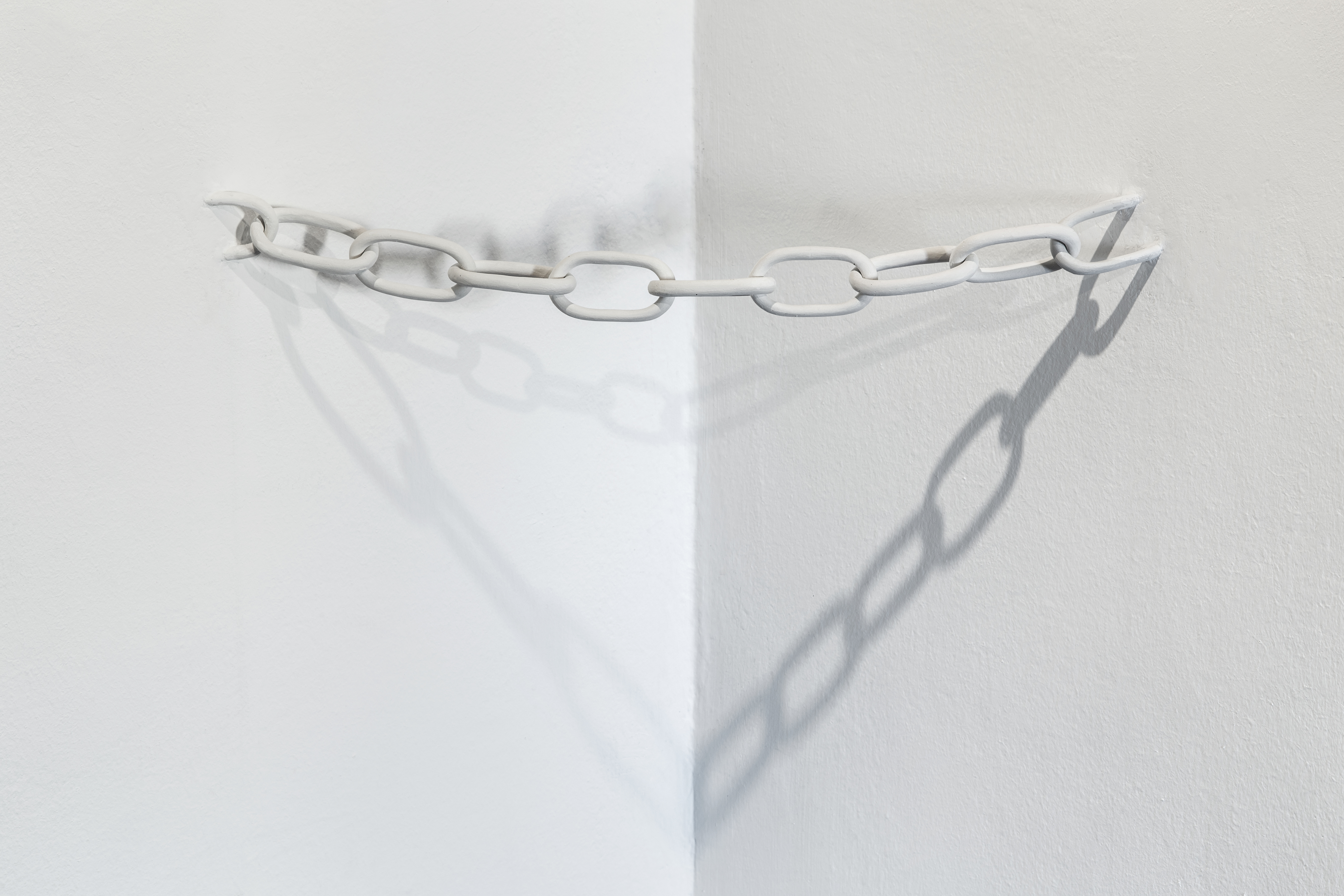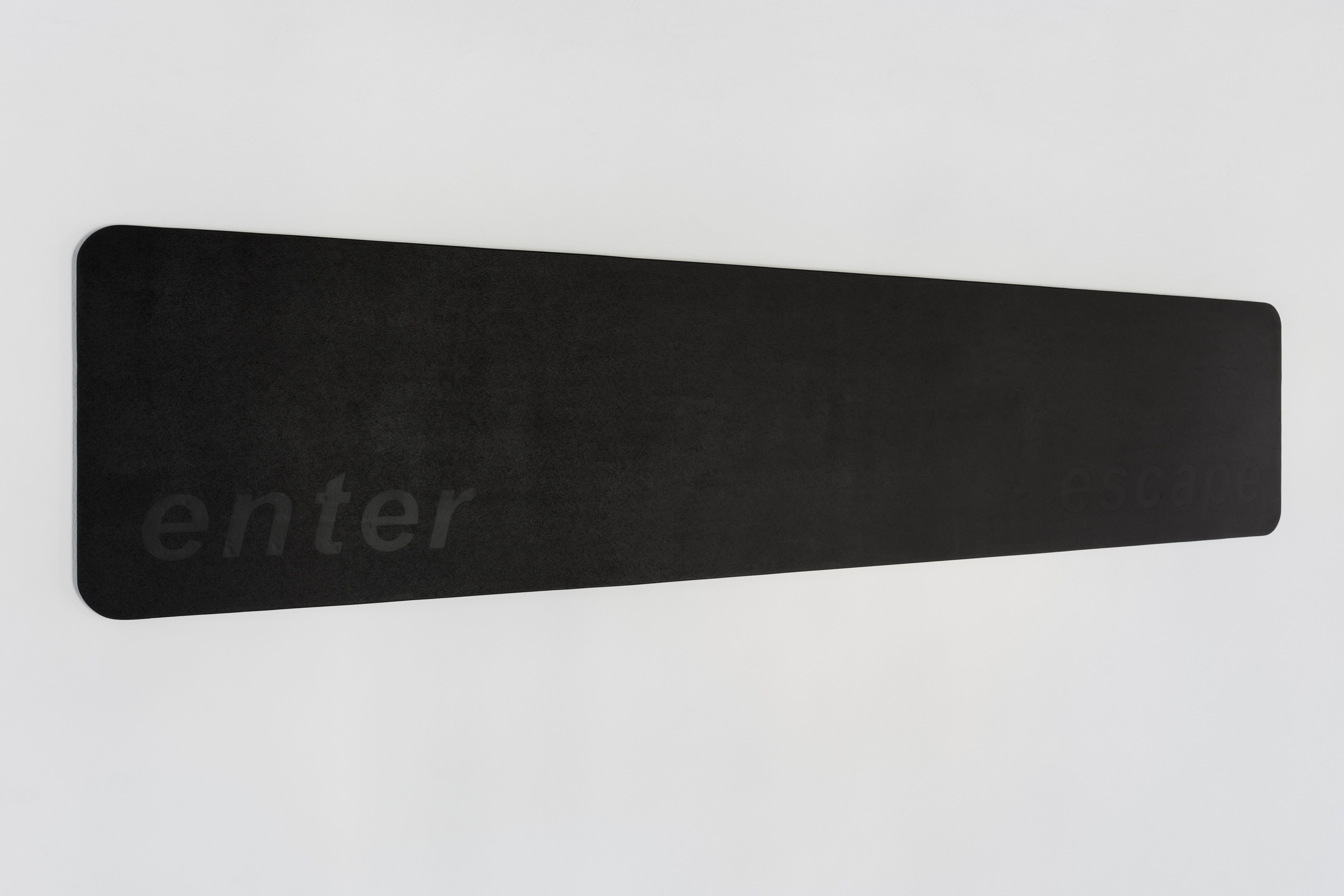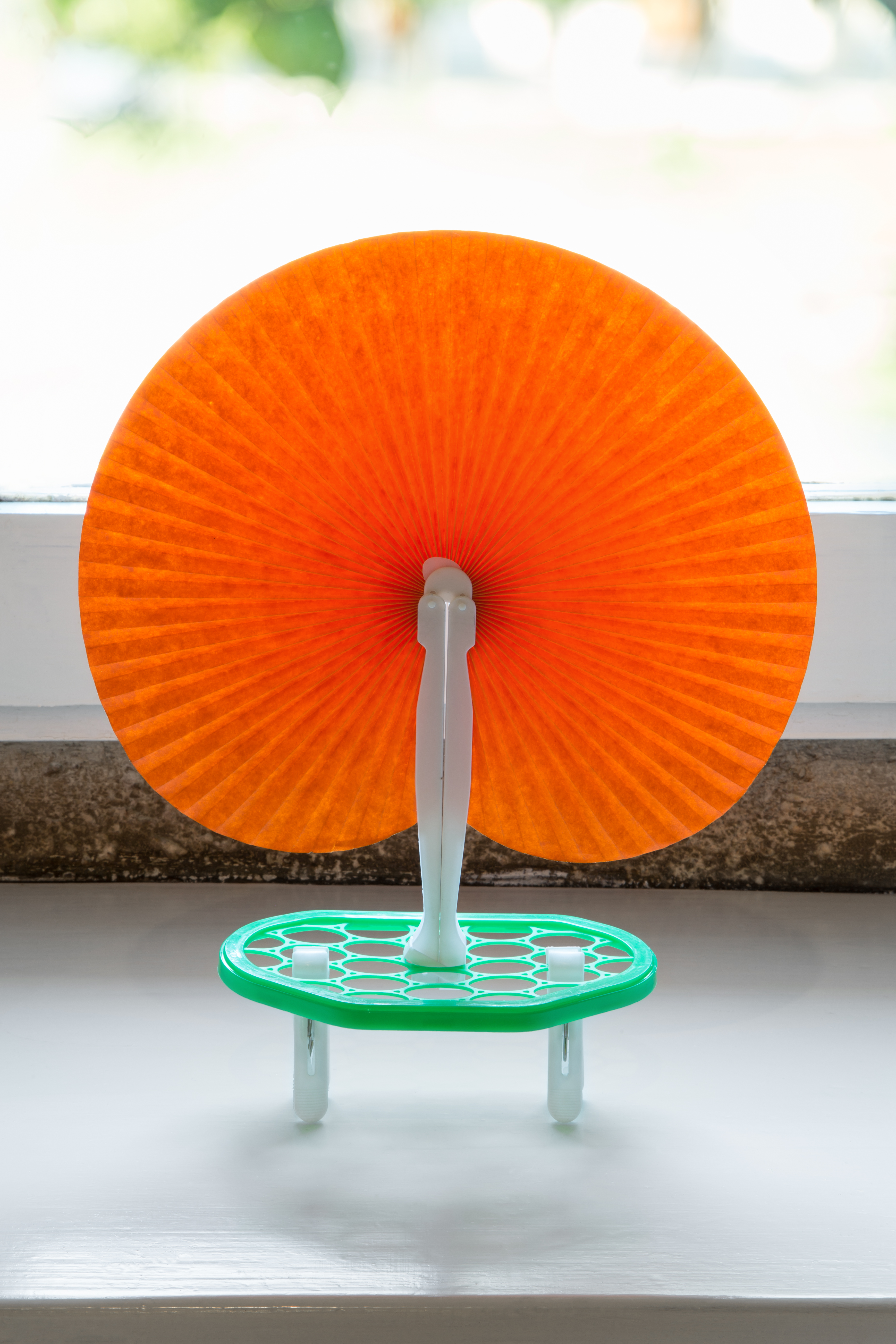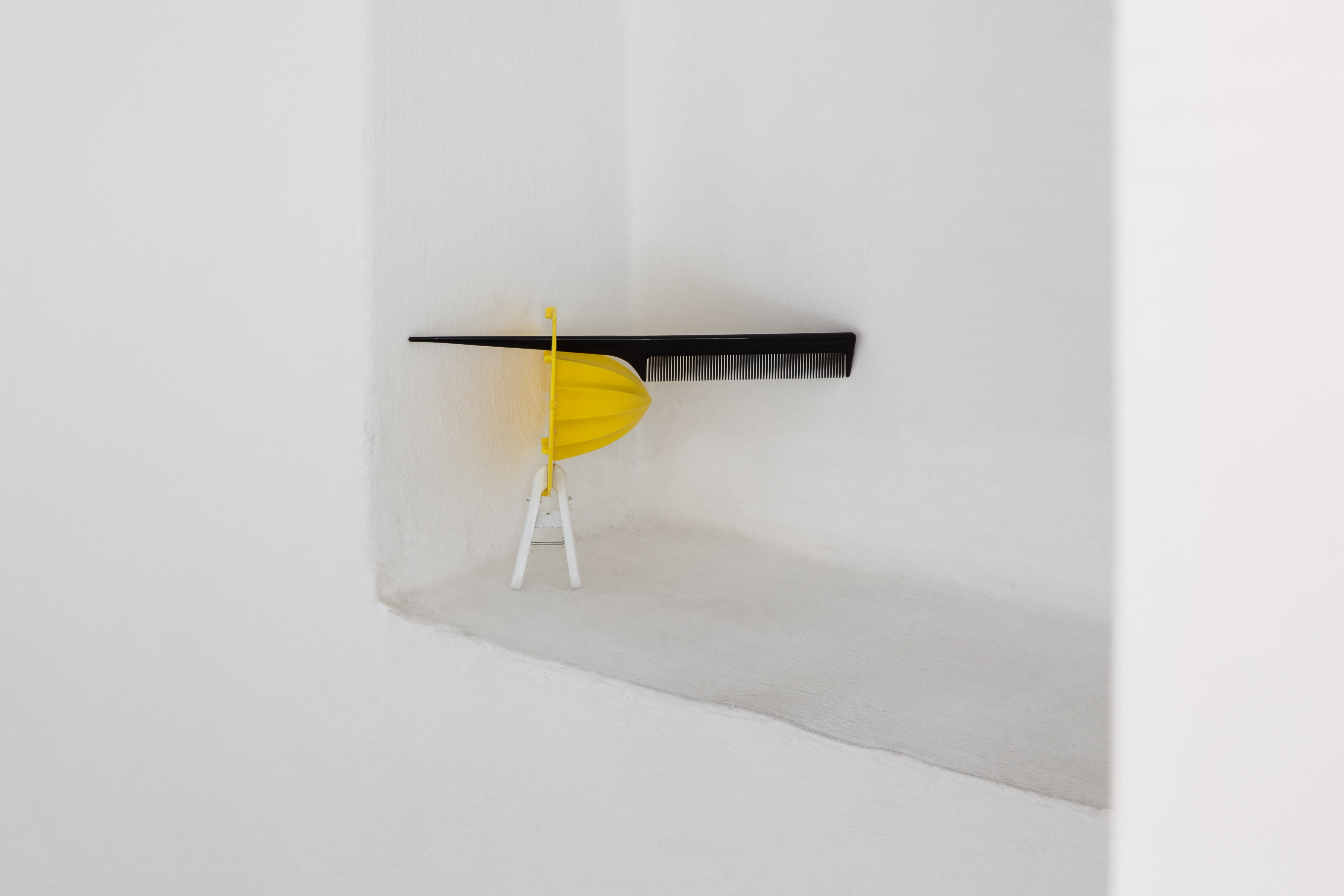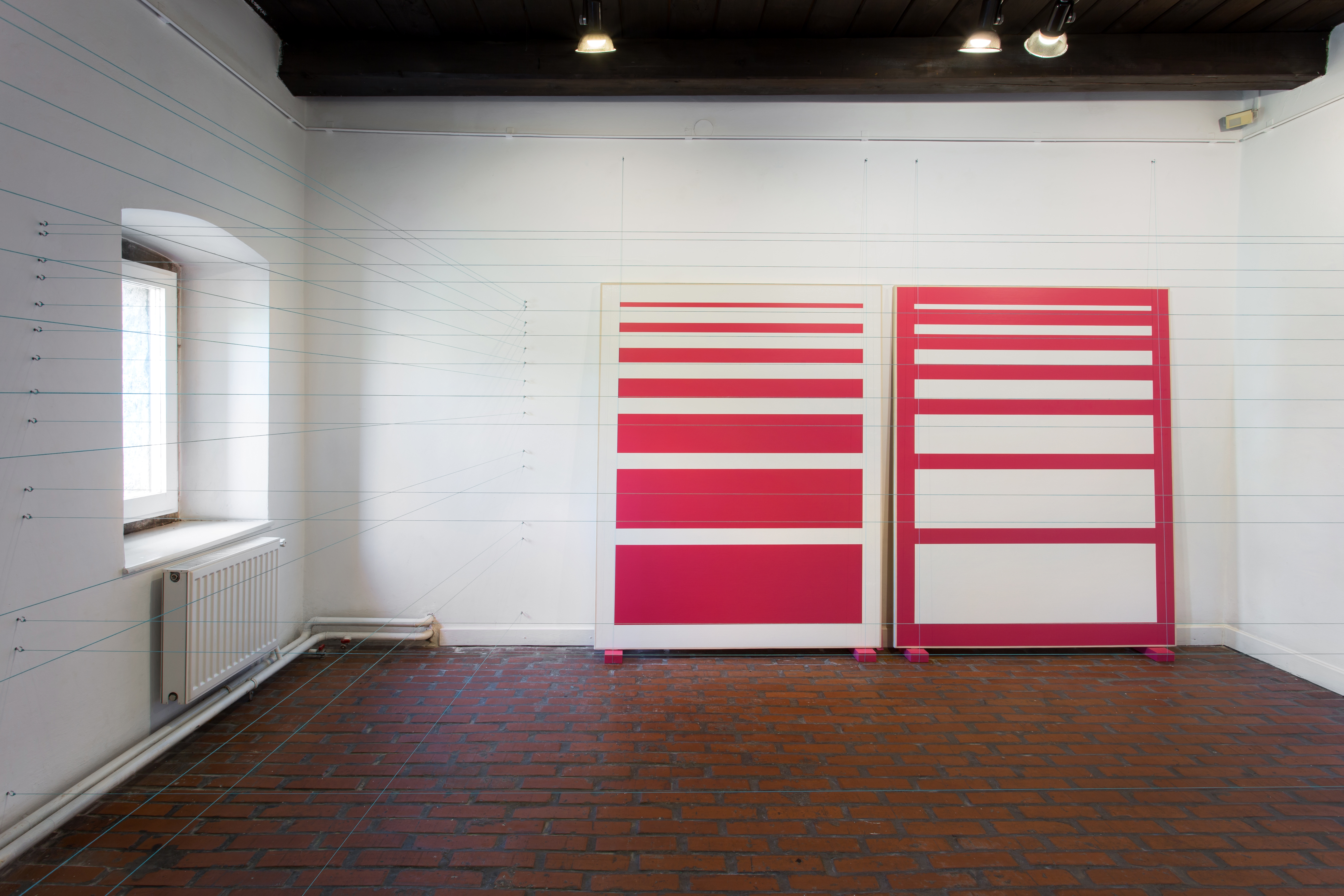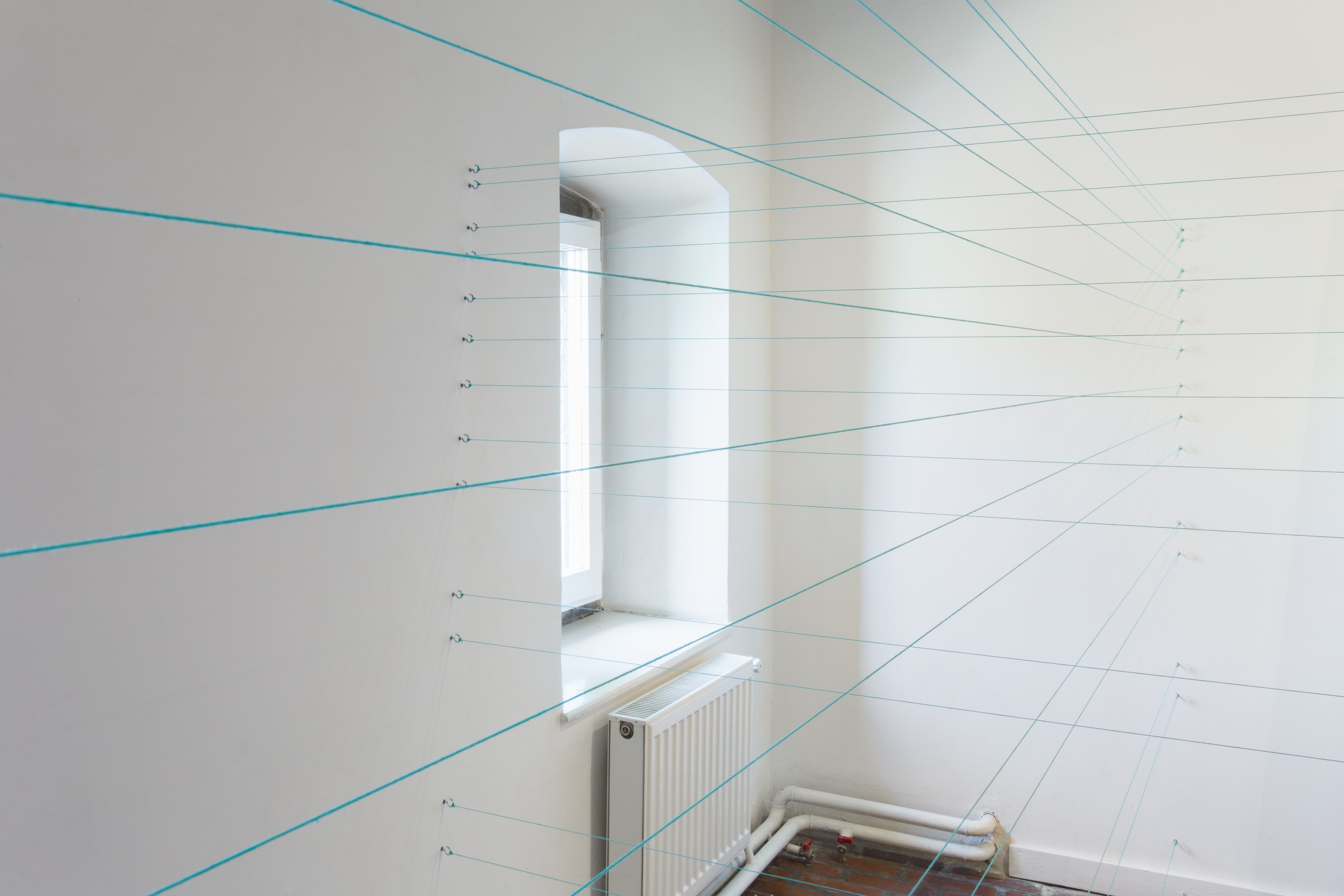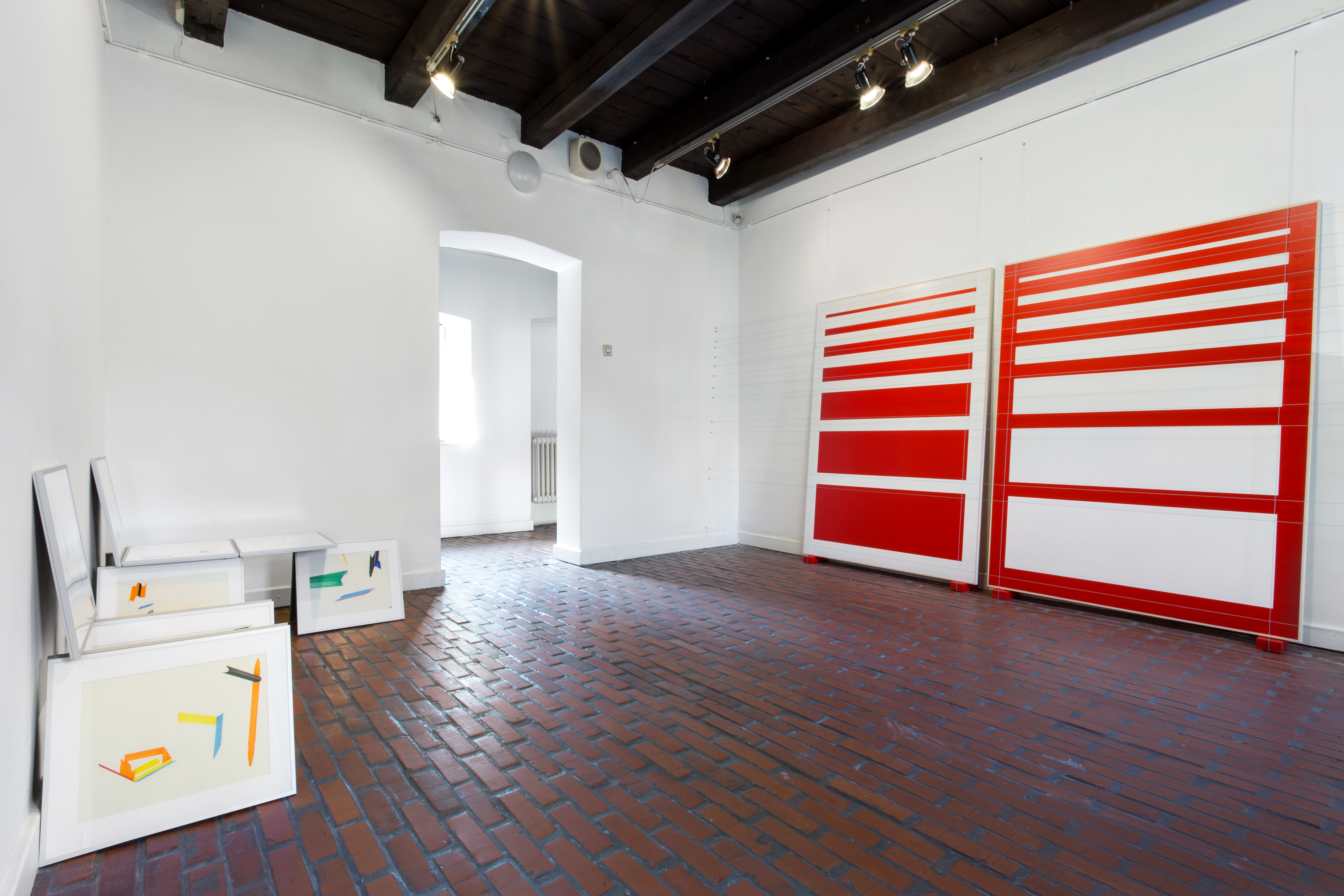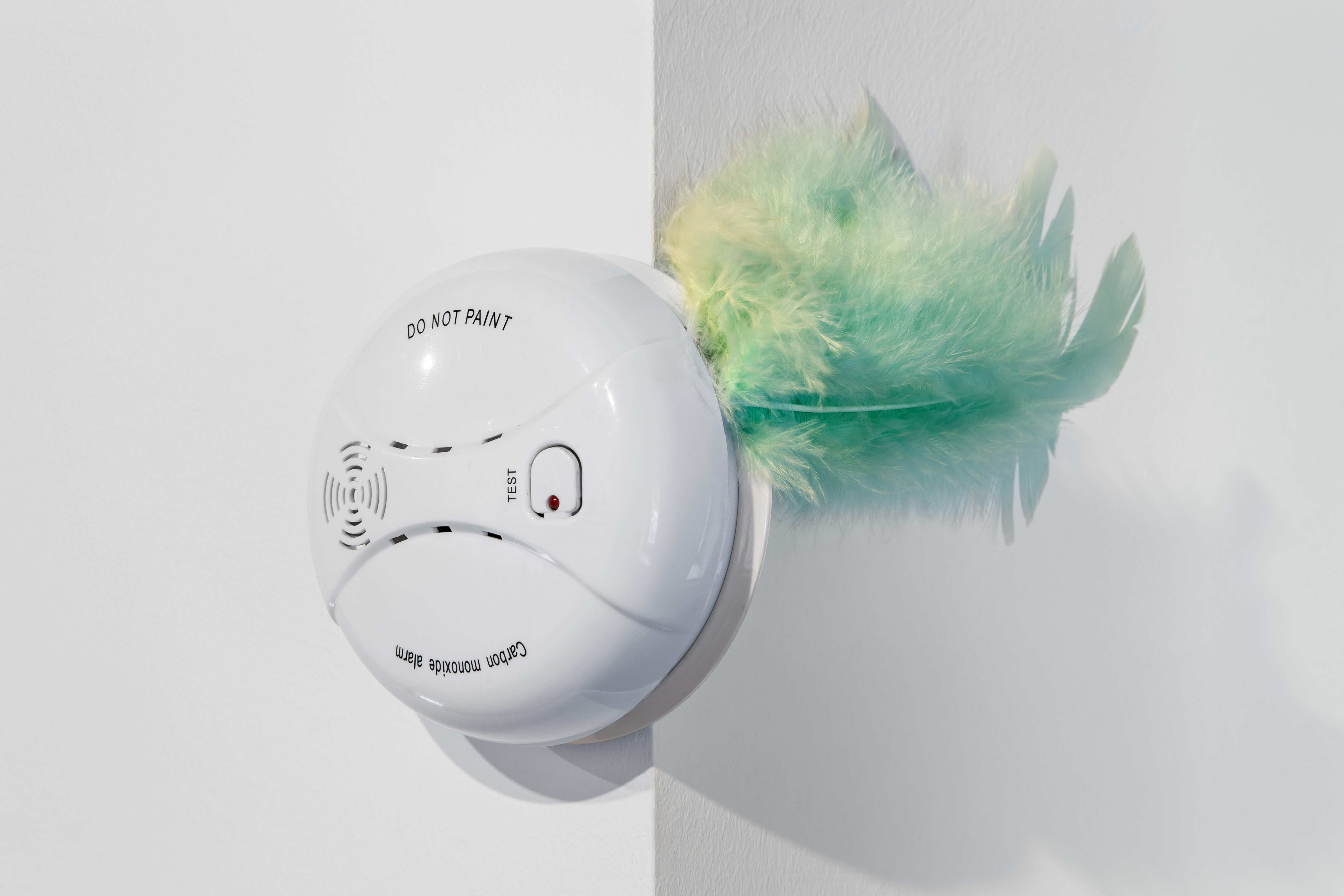Exhibiting artists: Zsuzsa Magyari, Tünde Mézes, Ádám Takács, Ádám Miklós Varga
Curator: Mónika Zsikla
Graphic design: Marcell Kazsik
Venue: Budapest Gallery
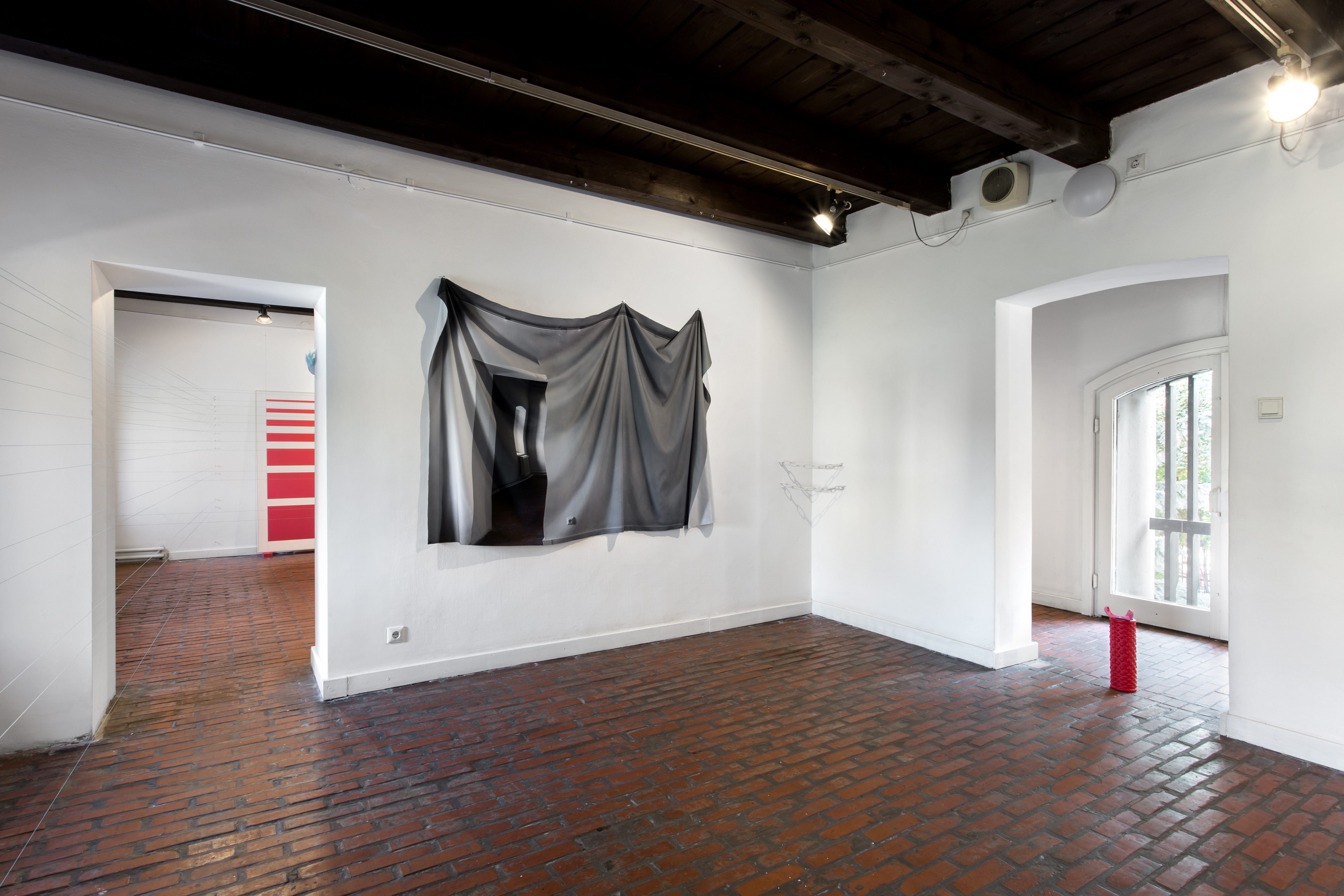
The Budapest Gallery’s summer exhibition, which concludes this academic year, will present the work of four young artists. The artists’ shared endeavour to “fill the space”, the dialogues between the individual artworks, and the ways in which the works reflect on the trio of beholder-artwork-space create links among the compositions and constitute the theme of the exhibition. Based on everyday objects and phenomena, the artists reflect on experiences and processes such as material transformation in the course of copying, conflicts between functionality and loss of function, the process of a loss of meaning, and the flexibility inherent in continuous formation. A recurring motif of these compositions is the typographic system of digital text editing. However, a coherent narrative cannot be deciphered from the ensemble of motif-systems. Meaning comes into being among and between the works in the physical and discursive spaces around the objects.
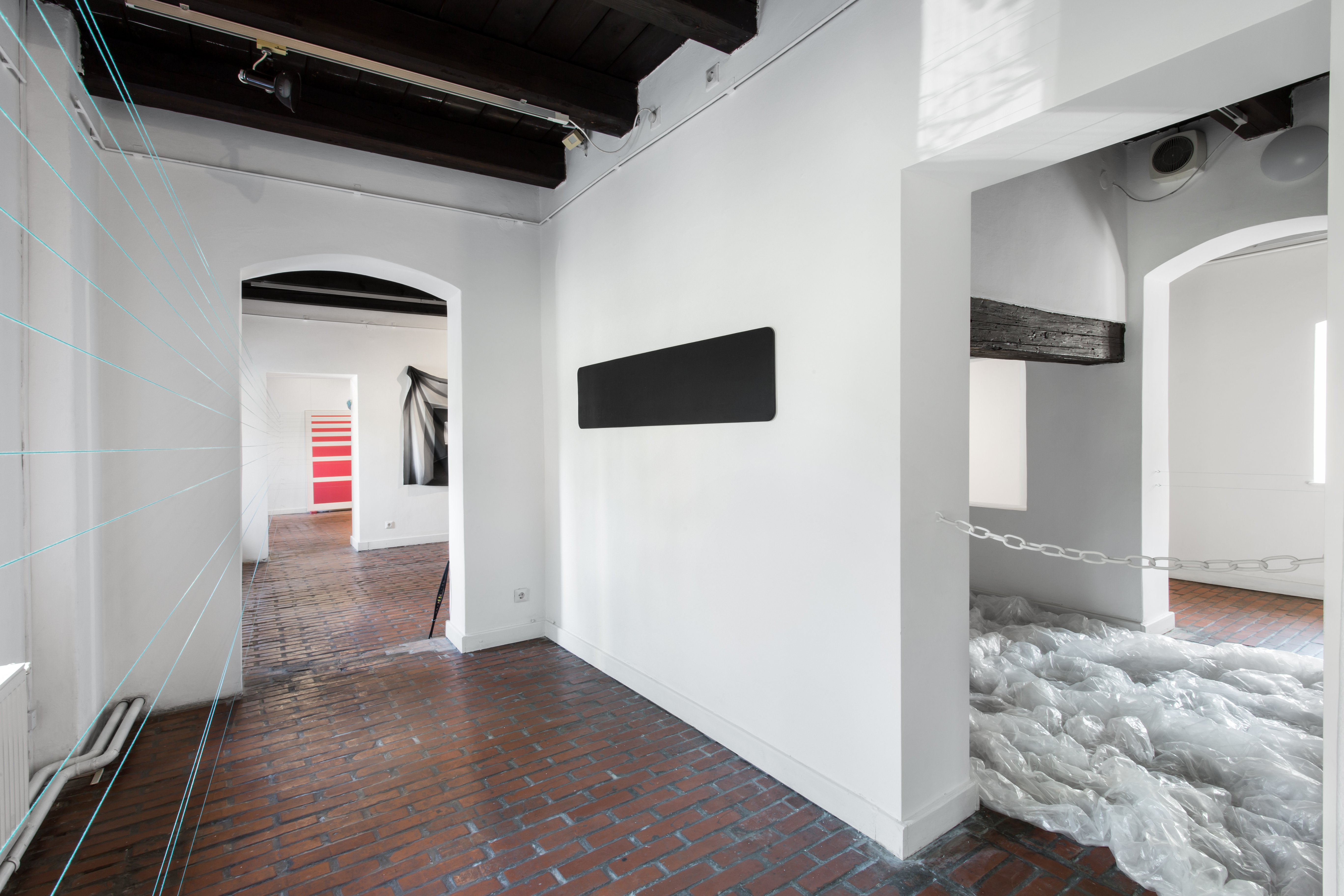
Zsuzsa Magyari’s work examines the features of the bed (a motif saturated with art historical references) from the perspectives of iconography and the history of ideas. She refers, for instance, to the exhibition catalogue of Sleepless: The Bed in History and Contemporary Art, which, in thematic chapters, surveys the various forms in which the motif of the bed appeared in different periods, contexts, geographical regions, and media, touching on birth, death, loneliness, illness, and moments of love tied to the bed. The gigantic down comforter, stitched together from foil, and the video connected with it anthropomorphize the creasing, rolling, and wrinkling of a comforter as a person in bed moves.
Tünde Mézes’s compositions Space and Zero Chain address the question of changes in material and size and consequently the question of loss of function and meaning as a result of the process of copying. Her starting points are insignificant everyday objects. The polyurethane replica of a computer keyboard’s space key, enlarged to the size of a human, reflects with a change of scale on the reality and virtualization of human presence. The words “enter” and “escape,” which appear on the seemingly empty black surface of the key, can only be read from certain angles as one passes in front of the object. Thus, human presence is a necessary prerequisite for the proper reception of the work. The surface, one could argue, is a black image which, with its emptiness, performs the function of a space in a typed text or the empty spaces of the wall between pictures (which also play a role in the exhibition). Zero Chain is a fragile, almost useless plaster chain made with the help of a silicone mould, that has been put together link by link and is only symbolically capable of connecting, locking up, or separating.
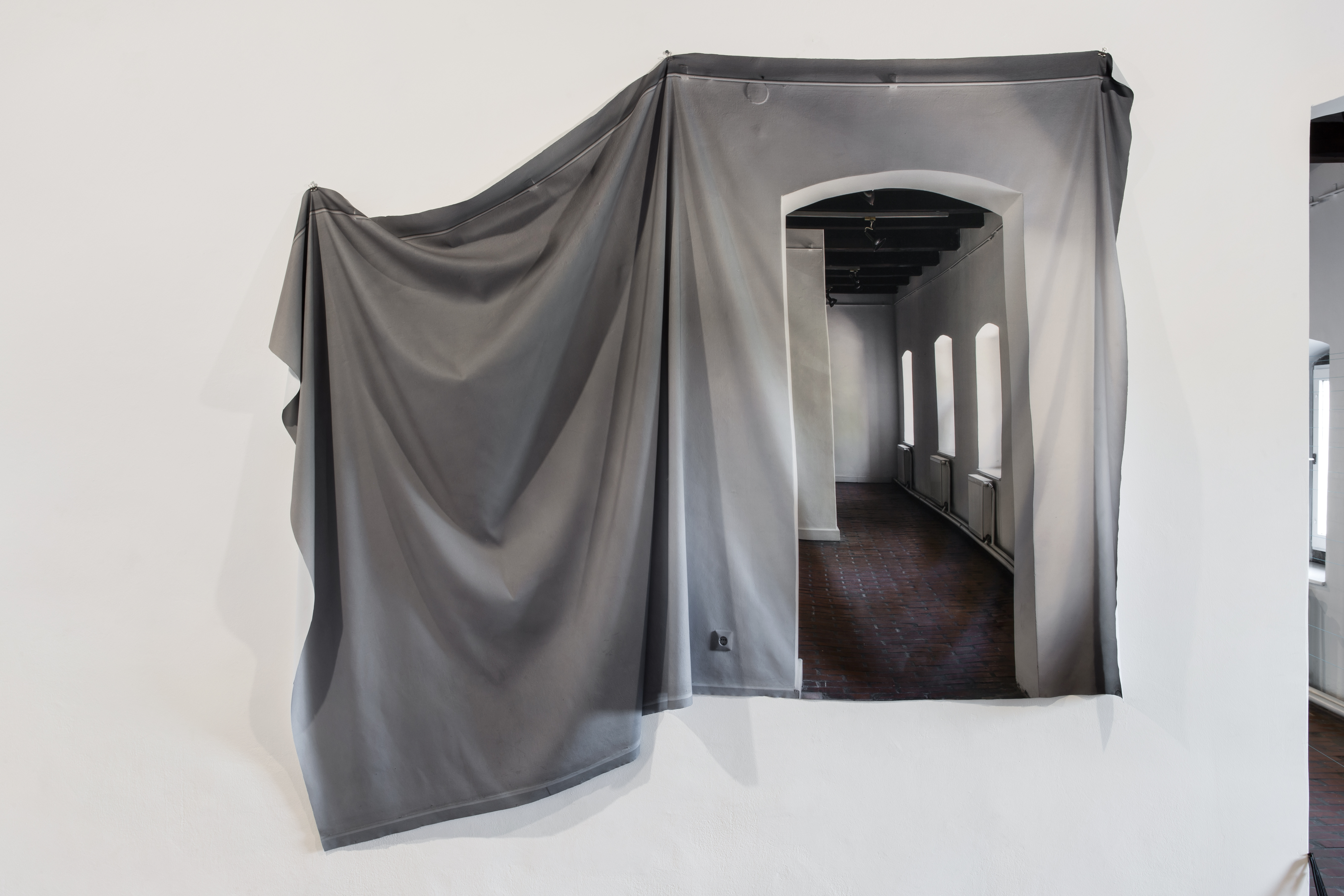
Ádám Takács’s “pensive objects” were also built using everyday things. Takács creates loose and temporary relationships between objects collected from a diverse array of places (charity and discount stores). At the end of each exhibition Takács gets rid of these assortments of objects. The most important aspects of the objects he collects are their colour and form, and the manner in which he uses them to create a composition is shaped by these formal characteristics. The ephemeral compositions, with their mere existence, continuously question the notion of the artwork, its temporal context, and its permanence. It is the artist’s intention that these “pensive objects” appear to have no real narrative and no real place. Only a network of relationships is suggested. The path and movement of junk orbiting the Earth provided an analogy for the marker drawings connected with the assortment of objects. Accordingly, the elements of the composition hover in “nothing”.
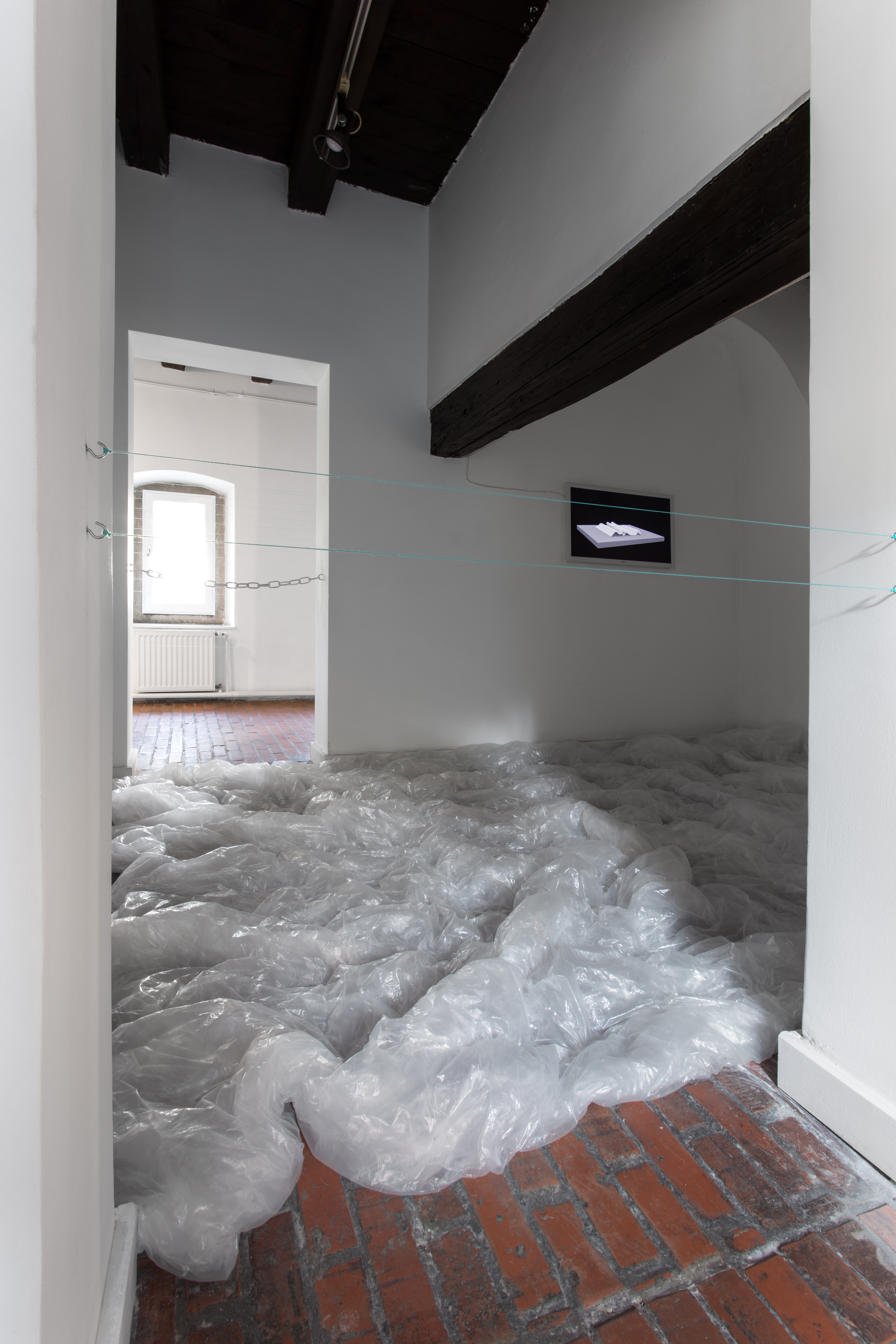
Ádám Miklós Varga’s ensemble, which consists of four paintings, starts out from the typographic point as the smallest unit of measurement in digital text and image-editing programs. The paintings and their spatial network of threads create an abstraction of the circumstances of the typographic definiteness of the point and transform it into the language of painting. In the paintings, the motifs, which have been lifted from their original contexts, are reinterpreted in a way that preserves the atmosphere of the digital program selected as its starting point while not sharing its fundamental character.
